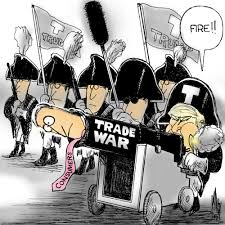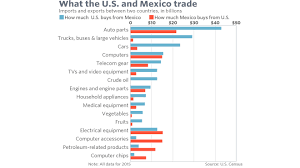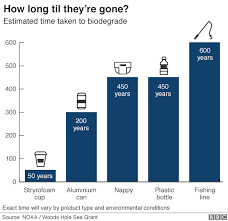
Image: danbyink.bangordailynews.com
After declaring two weeks ago a trade truce with China, POTUS declared last week that 25 % tariffs would be imposed on $50 billion of Chinese of Chinese goods if they don’t commitment to purchases of US energy and agriculture products. Commerce Secretary, Wilbur Ross left China on Sunday with no real progress except to make the Chinese angry, confused and upset.
The bullying, intimidation, zero sum negotiating tactics may work in the rough and tumble of New York real estate but not international trade where over 70 years of careful negotiations by all the major trading partners have put into place a trading platform with rules and fairness wherever possible. Now it is true that some nations take advantage of the slow, ponderous and confusing decision making of the World Trade Organization. But blowing up the present trade agreements by saying things like Vice President Pence said last week to Canada and Mexico that the NAFTA agreement should be revisited every five years is insulting, duplicitous and lacking in good faith. So last Friday, to heap more chaos on the NAFTA negotiations POTUS says he is thinking of just pulling out of NAFTA completely. Welcome to a POTUS caused trade war, we call The Trump Trade War (TTW), as history books will likely record.
Prime Minister Trudeau of Canada has condemned the way the US administration has been treating a valued partner calling the actions “frankly insulting”, and in return he receives more trumped (pun intended) up national threats. He continued in an NBC interview:
“The idea that the Canadian steel that’s in military, military vehicles in the United States, the Canadian aluminum that makes your, your fighter jets is somehow now a threat?” Trudeau declared. “Our soldiers who had fought and died together on the beaches of World War II… and the mountains of Afghanistan, and have stood shoulder to shoulder in some of the most difficult places in the world, that are always there for each other, somehow — this is insulting to them.” Maybe our POTUS doesn’t understand that dying for a common cause is a higher value than provoking, bullying and intimidation to make an extra short term buck.
EU ministers are confused and upset at being grouped in with China in steel and aluminum tariffs. The United Kingdom, France, Germany, Mexico, Canada, Turkey and Japan have either announced or launched retaliatory tariffs on US goods and are reviving trading alliances that the US has abandoned like the TTP (Trans Pacific Partnership).

Sources: The Wall Street Journal, The Daily Shot – 6/4/18
The TPP non – US nations are in a dialog with China who is excited about filling the role the US once occupied. Experts note the long term effects and loss in business for the U.S., Adam Posen, president of the Peterson Institute for International Economics observed, “It will be hard to establish trust in the U.S. again, and all the uncertainty will drive down investment and productivity.”
US businesses are busy trying to minimize the damage to their export revenue streams,. Farmers in the midwest have already found that China has cancelled some sorghum shipments causing ships to be turned back, as the Chinese are making deals with Russia for agricultural goods. American businesses are being cut out of customer contracts now, resulting in lost business that will be extremely difficult to get back once new suppliers are in place. Still incredibly, the White House trade team blows up the present world-wide trade framework replacing it with nothing, which results in uncontrolled reprisals and chaos. Seems like economic missiles have been launched and attacked nations are sending economic missiles back (sounds like a trade war to us, the TTW (Trump Trade War).
Next Steps:
To begin, our political leaders need to stop being invisible as the world trade fabric unravels. Next Congressional leaders need to bring all key trade factions, business and trade representatives and develop an alternative to the destructive protectionist policy now being implemented. Sound trade policy based on win – win negotiations, fair agreements, protections for labor, working within the WTO, and legal order will win over allies and concessions from adversaries. The GOP administration needs to stop going it alone, and work with our allies, build consensus, and make improvements in the present painstakingly developed agreements over the past 70 years. Over 1100 economists, the US Chamber of Commerce and world leaders have condemned the declared TTW which needs to end now.



























